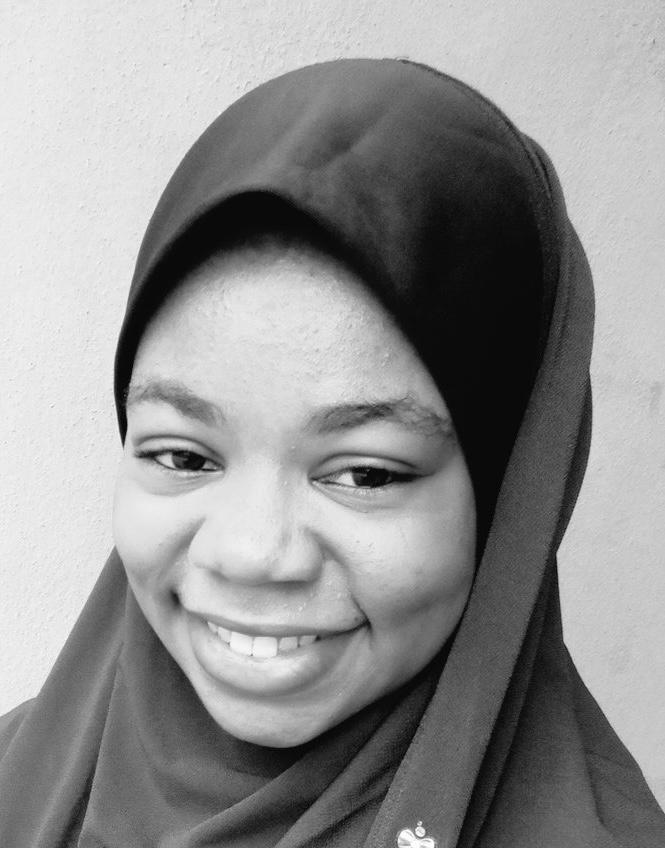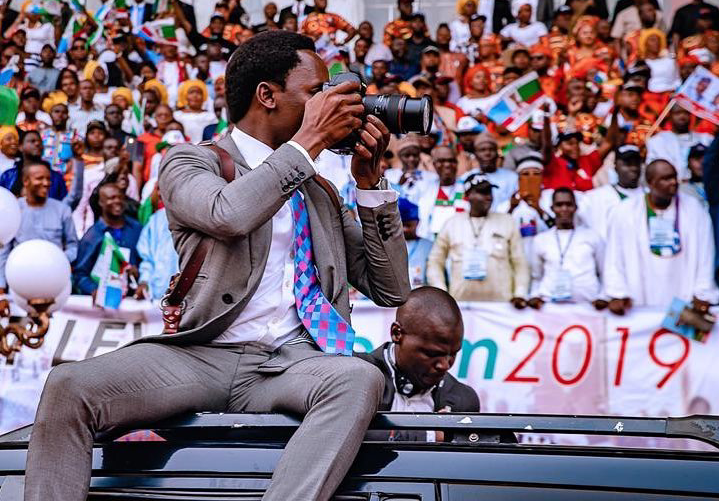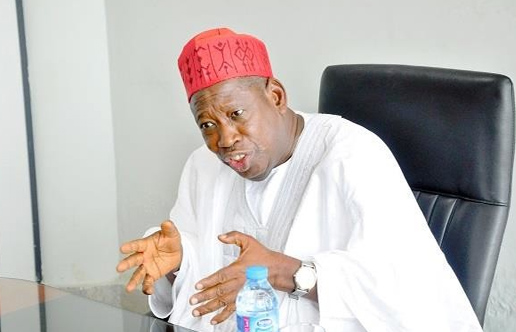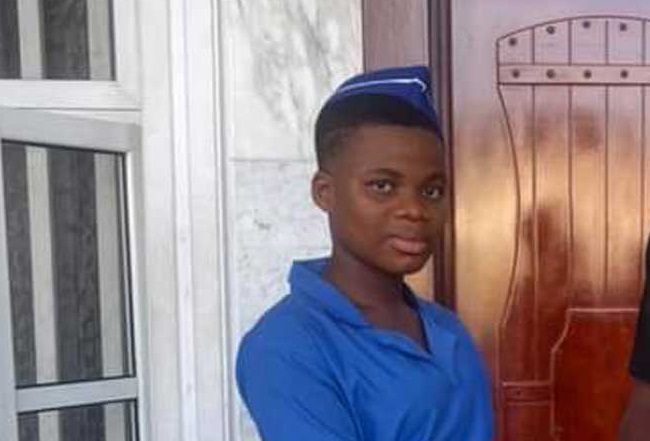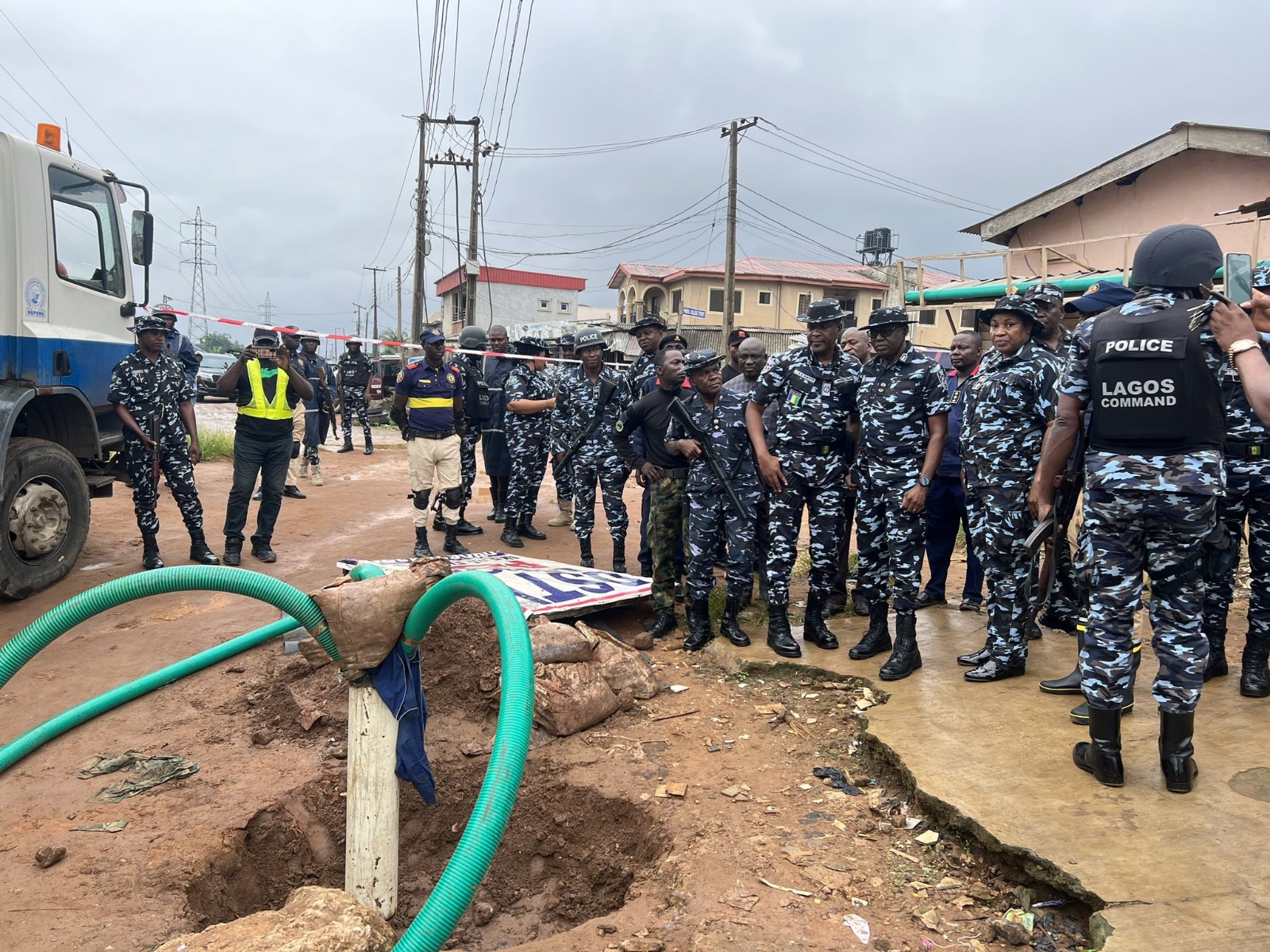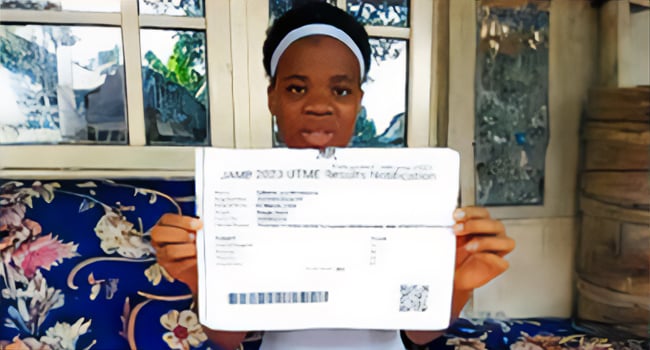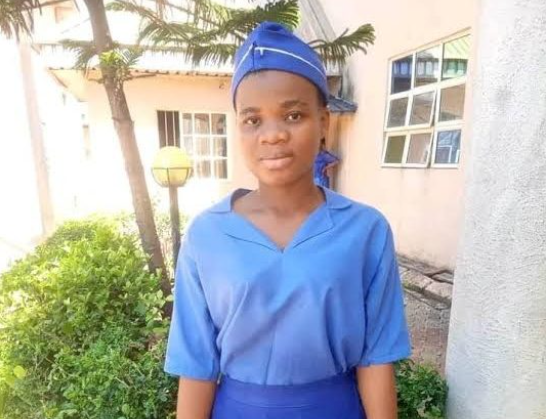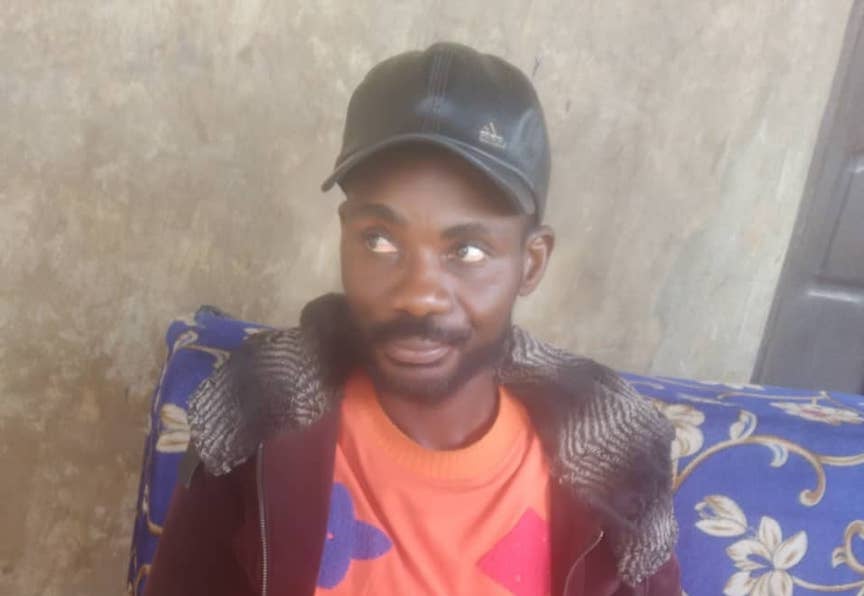Bayo Omoboriowo seats on the roof of a car to capture president Buhari during a rally
On a pair of eyeglasses, through the double-glassed windows of an aircraft, between the dangling glitters of a chandelier’s many bulbs, details of a shoe and even its bloody-red soles, they create, build, speak a million words through the graceful silence of a camera’s lens.
From moments seemingly as insignificant as a handshake to those where pens sign life-changing policies on paper, they capture beauty, colours, emotions, culture, friendship, politicking, and most importantly, taking shots that hold history captive in the fleecing passage of time and releasing it into the everlasting preserve of memory.
Kneeling, running, squatting, jumping, they do all it takes. They surrender their bodies and crisply ironed clothes to the dust-laden floors, ride atop moving vehicles to capture shots, tell stories and document histories of their principals — the men who rule Nigeria. Welcome to the world of Nigeria’s presidential photographers.
TY Bello, Bayo Omoboriowo, Nosa Asemota, Novo Isoro, Tolani Alli — we take a peep into the life and work of these young talented creatives who are telling stories of the leaders of Africa’s giant and biggest economy through pictures.
Advertisement
BEHIND BAYO OMOBORIOWO’S SHOT
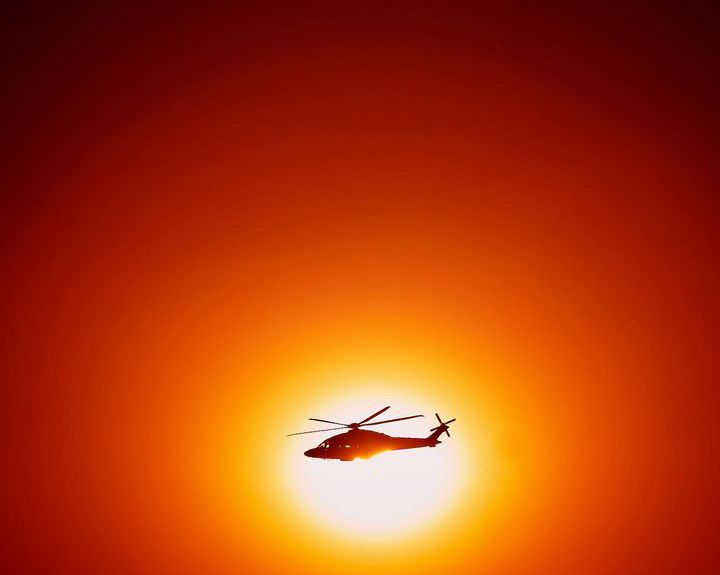
Behind some of the glamourous shots we see are stories of failed attempts, persistence and motivation, like in the picture above with Buhari departing in a chopper at sunset.
“I failed the first time I attempted to create this image of PMB departing a chopper. The thing pained me because I had made every effort possible to get the frame. Some weeks later, everything added up and I finally succeeded at it. Sometimes you fail but don’t stop trying, you will succeed,” Omoboriowo said in a social media post on the image’s backstory.
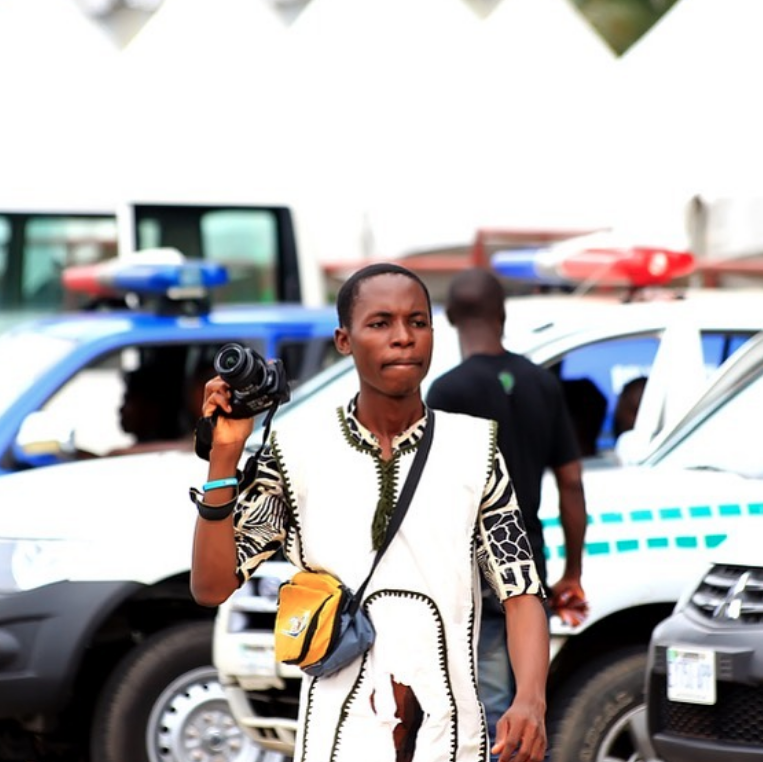
From taking mini photo passports as an undergraduate student of pure and applied chemistry, under the trees beside Jaja Hall, University of Lagos (UNILAG), Omoboriowo grew his photography journey, sometimes having to borrow a camera as he had none then, to becoming the Guinness World Record holder for largest photobook, and eventually the official photographer of ex-President Muhammadu Buhari — all in less than a decade.
Advertisement
His journey to becoming a presidential photographer is one of passion, grit, determination, and a will to give it all. Though born by a photographer father, the dream life for Omoboriowo was to study chemistry and get a well-paying job with Chevron; but a N500-per-week stipend from his father would force him to explore an inner passion waiting to bloom.
Omoboriowo started out as a street/documentary photographer with a propelling force to think outside the box and fill existing gaps. He said he was “always looking for perspectives that would make me stand out”, and so the 36-year-old native of Ekiti state went on to become a political photographer.
A BLOOMING NICHE
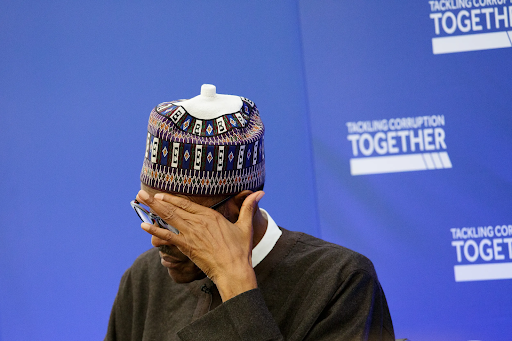
The role of an official photographer is a relatively new addition to the presidential team. While it was non-existent in the administration of some past presidents, it was partly existing in some, though not officially; but it has now become a consequential part of the president’s team.
The inclusion started with Goodluck Jonathan, who employed the services of Toyin Sokefun-Bello better known as TY Bello. Bello, a graduate of Economics from the University of Lagos, started out as a journalist before venturing into music, alongside photography. She was also a go-to photographer for ex-President Olusegun Obasanjo.
Advertisement
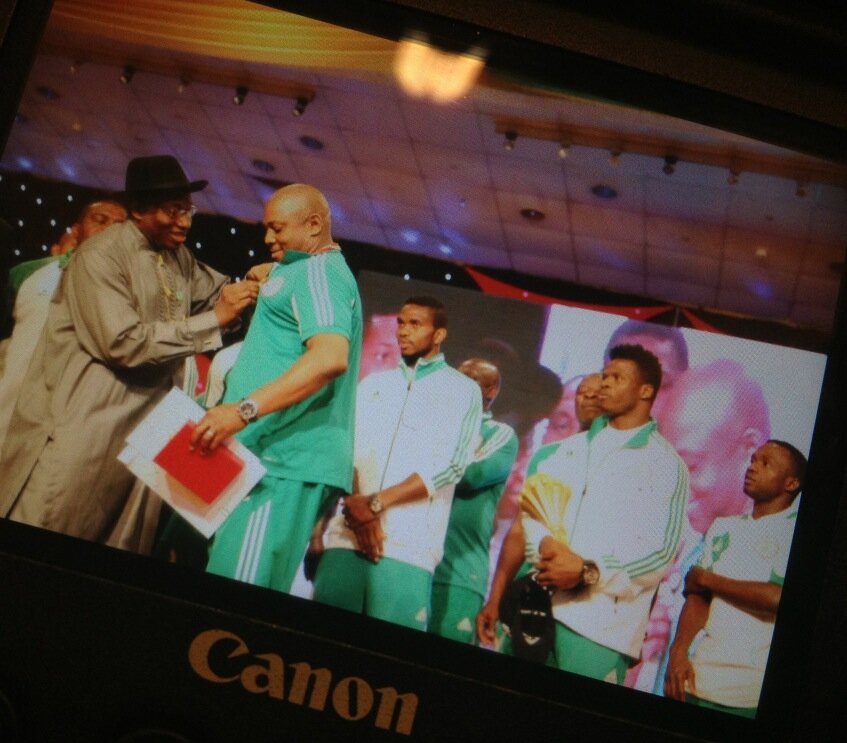
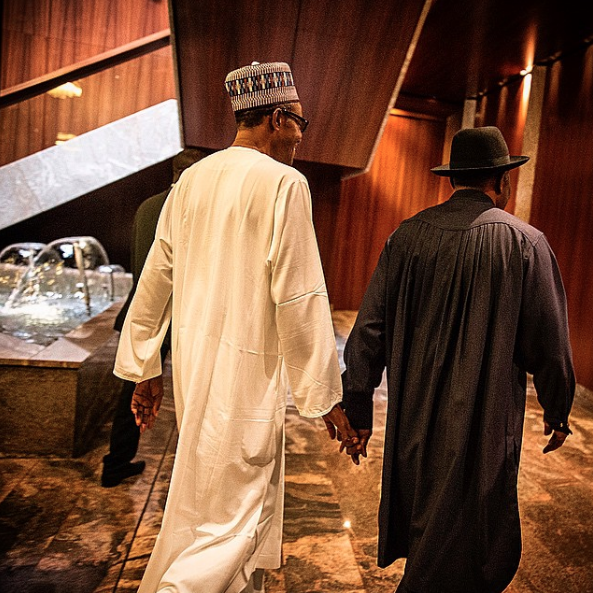
Though barely a handful of her work with Jonathan can be found on her social media pages and website, she shared a picture of Buhari and Jonathan holding hands while the latter took the former on a tour of the villa during the transition in 2015. It was a period of high political tension after Jonathan conceded the 2015 presidential election to Buhari. Bello described the moment as “sacred” and “divine”.
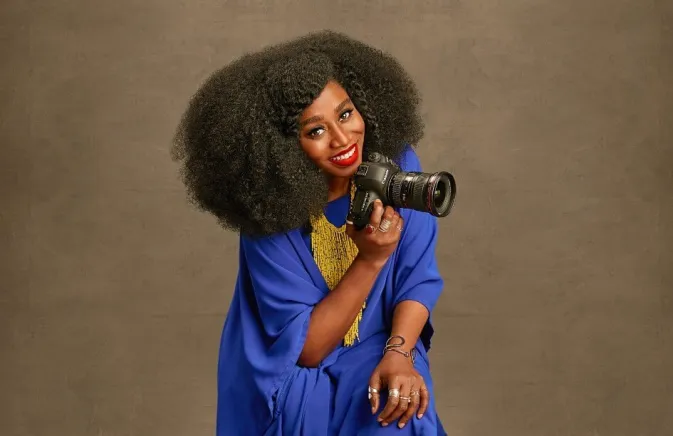
But during a TEDx Talk in 2016, Omoboriowo claimed he was the first of his kind, arguing that Bello’s stint with Jonathan was not in an official capacity per se.
“This is the first time there is what is called the personal photographer to the president. It has never existed in the history of Nigeria. Even TY Bello was not a personal photographer; she came just once in a while. So, they have never seen it before,” he said.
“In the history of the world, the people that become [presidential] photographers are nothing less than 50 years of age and most of them come from media houses. Most of them have 30, 35 years of experience, I only have four official years in photography.”
Advertisement
Omoboriowo arguably brought a new dimension to political photography and expanded the spectrum of creativity with his shots, equally raising the bar for his peers and successors.
The vice presidents are not left out of this novel approach to the documentation of Nigeria’s leaders. Female photographers took centre stage in this regard with Novo Isioro documenting former Vice-President Yemi Osinbajo between 2016 and 2019, a position she combined with her role as special assistant to the president on visual communication. Isoro handed over to Tolani Alli who carried the baton till the end of the Buhari administration.
Advertisement
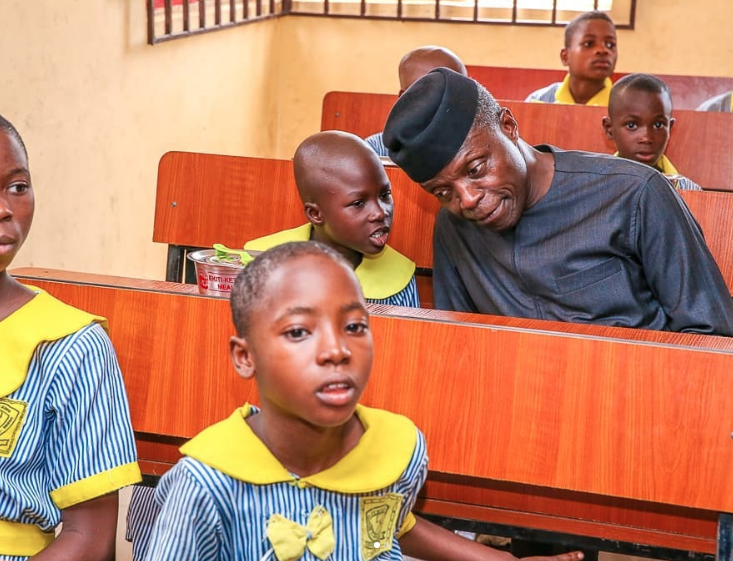
While Isioro’s stint lasted, she said she developed a father-daughter relationship with Osinbajo.
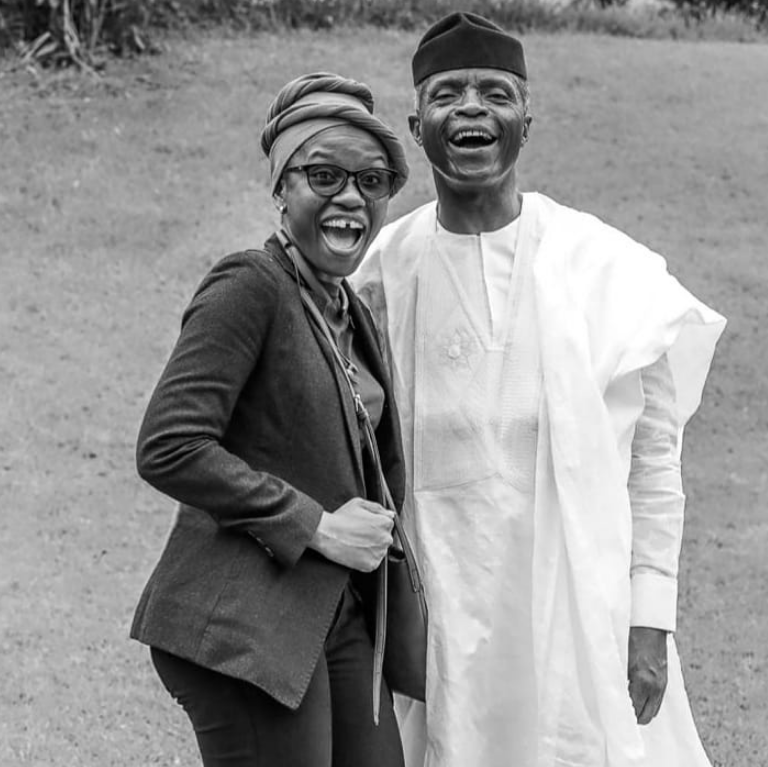
Alli first documented the late Abiola Ajimobi, a former governor of Oyo state, at a time when photography at that scale had limited female representation, before stepping into Isioro’s shoes when she left the job to pursue other endeavours.
Advertisement
Before settling into photography, Alli worked as a health specialist in Genesee County, Michigan, and later as a software and hardware technician at Apple in the United States.
Advertisement
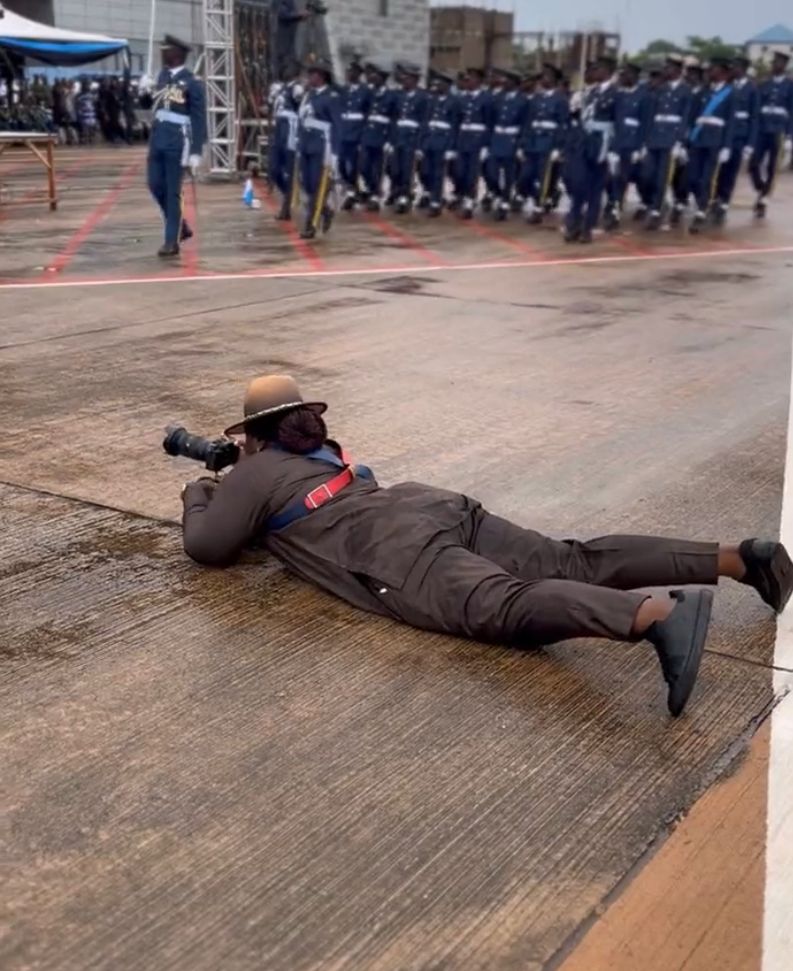
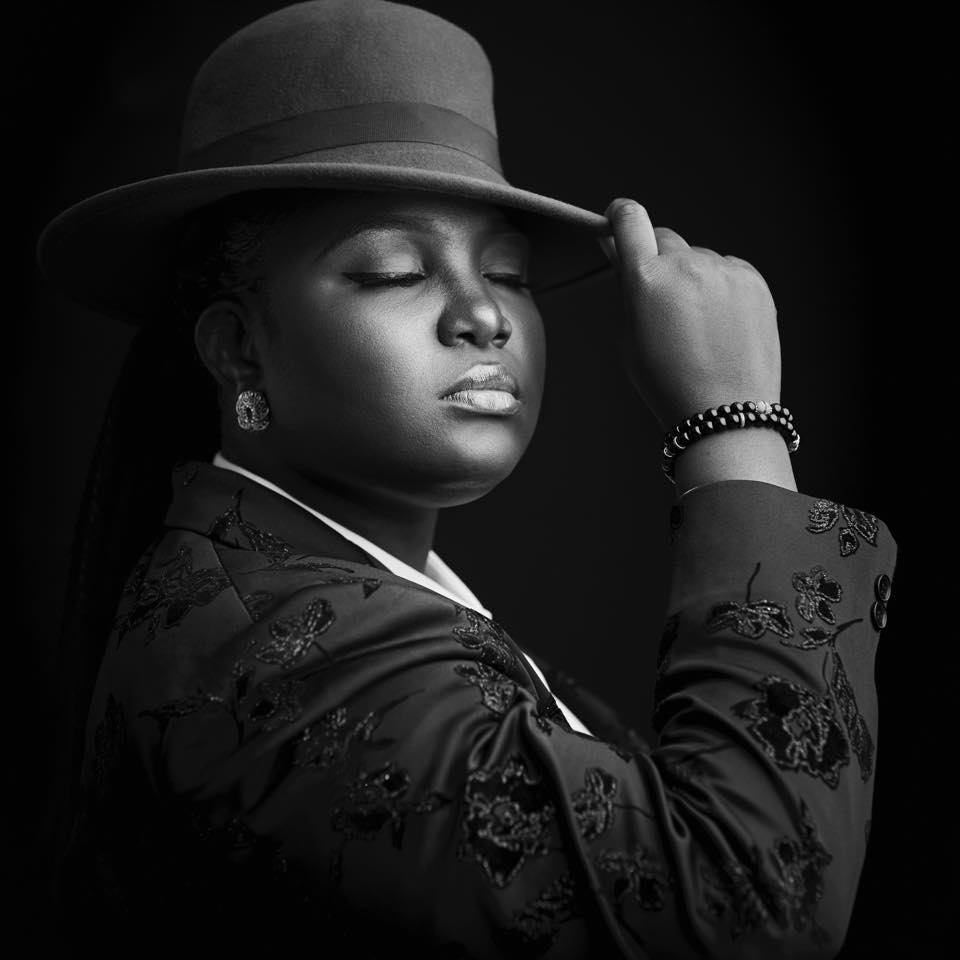
‘EXPRESS ENTRY’
The portfolio of an official presidential photographer comes with benefits that even those at the top may not be privy to enjoy.
Speaking on the perks of his job, Omoboriowo said he had been “privileged” to eat the same food as the president, and that “where every other person does not go, even the chief security officer, the photographer will enter”.
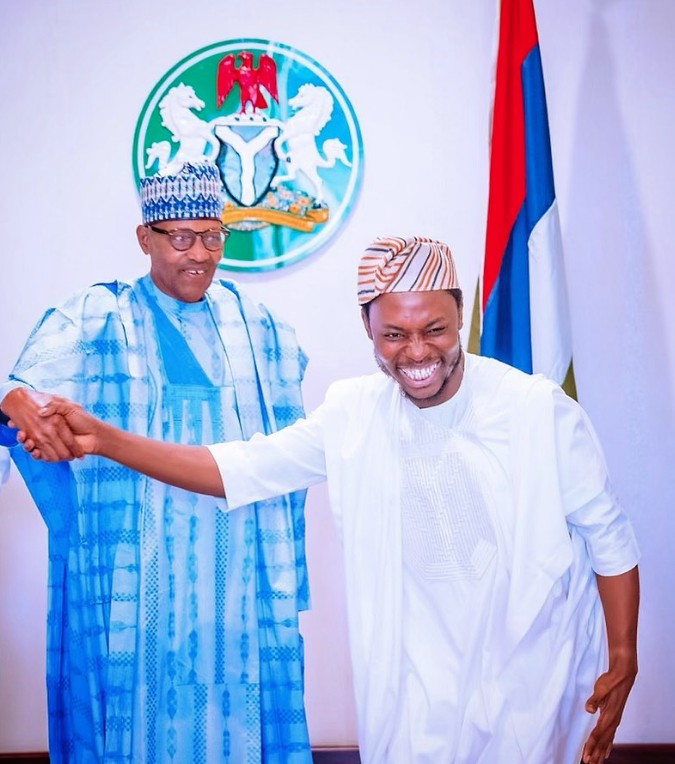
So important has the role of a presidential photographer become that congratulatory messages were posted on social media when Asemota became Tinubu’s photo boy, a day after he (Tinubu) was sworn in as president. Asemota began his role officially long before that of the president’s special advisers, service chiefs, and ministers.
Through their everyday encounter with their principals, they are also acquainted with the personal traits of the president that may not be known or fully understood by citizens. Asemota, through his shots across time, said the president is “so big on hugs”.
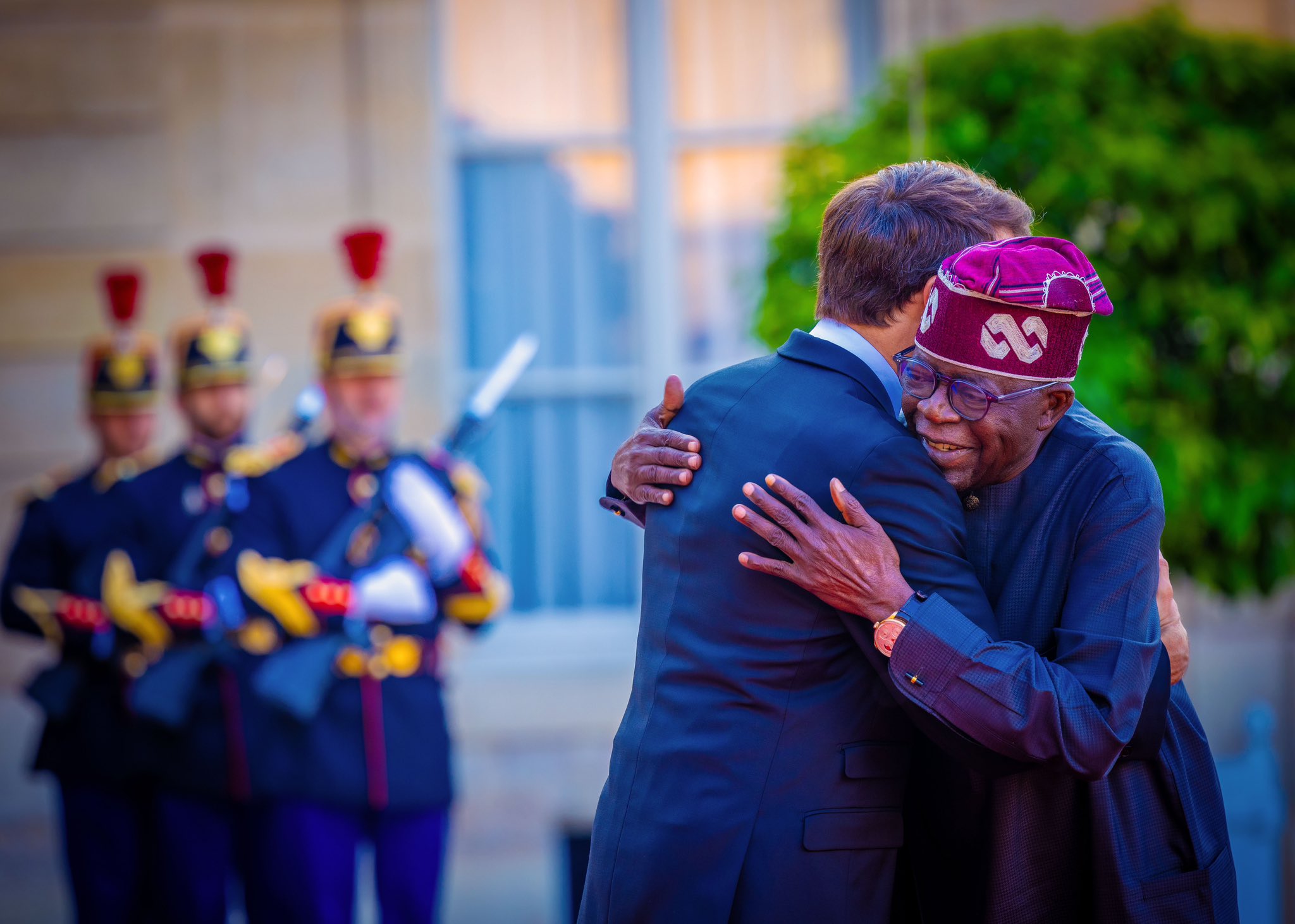
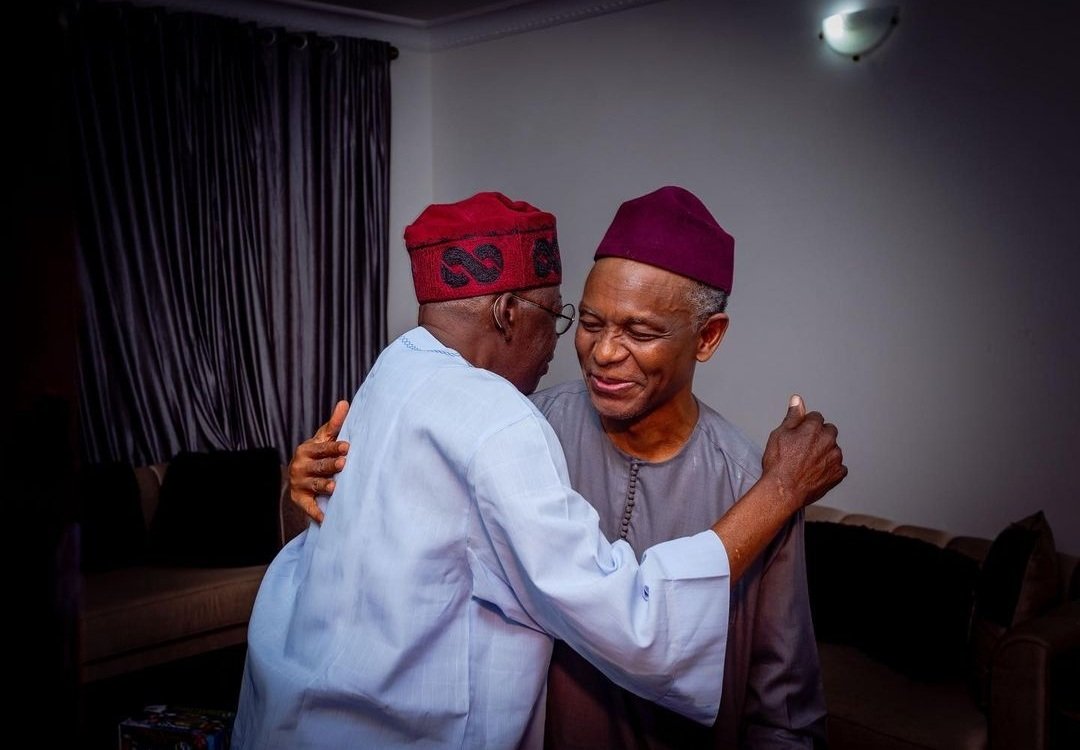
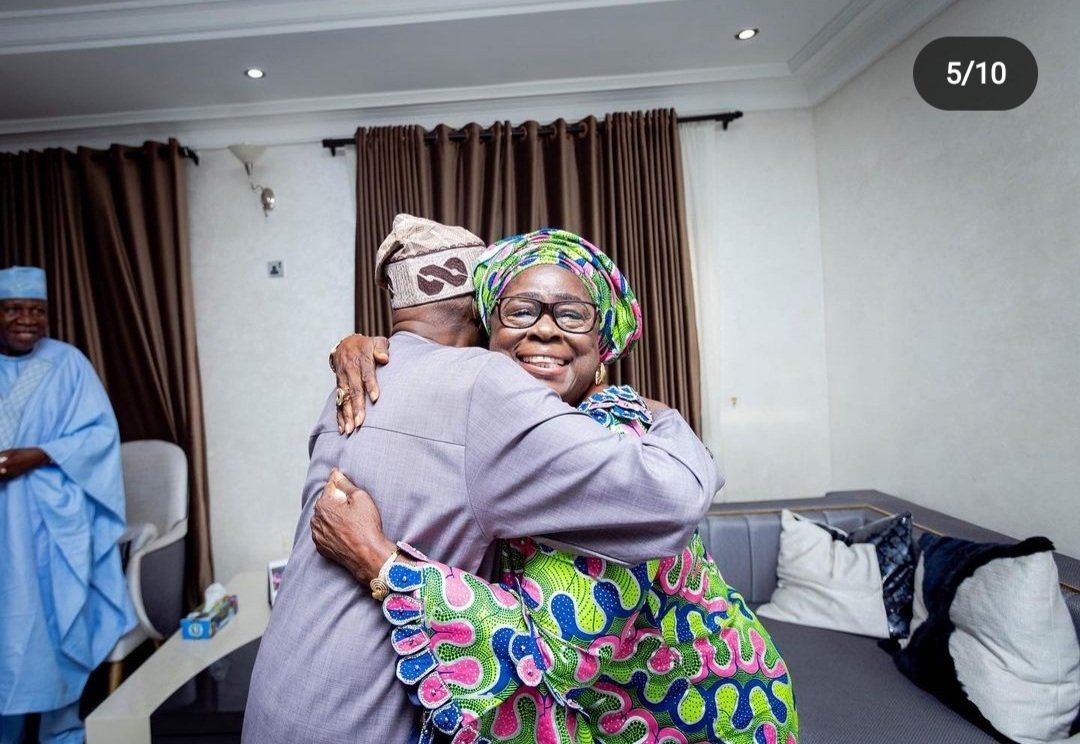
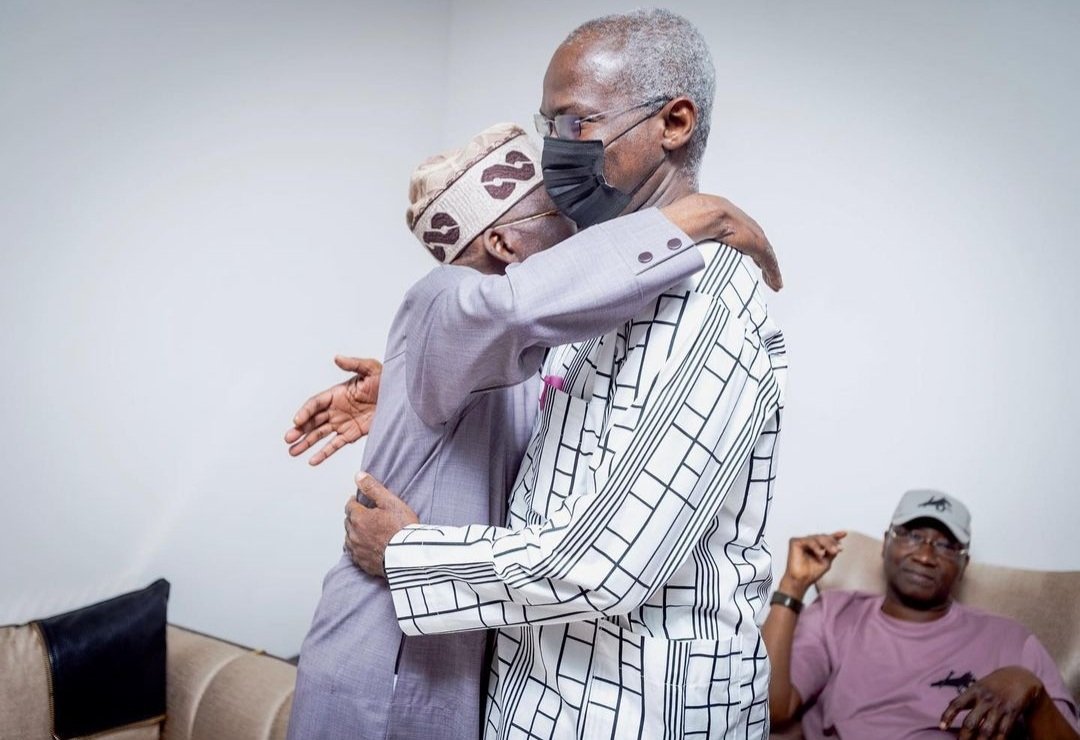
In a recent chat with TheCable, Omoboriowo said Buhari is a man of few words and also “cares less about pictures”, and that this part of the ex-president’s personality made photos of him “more genuine and realistic”.
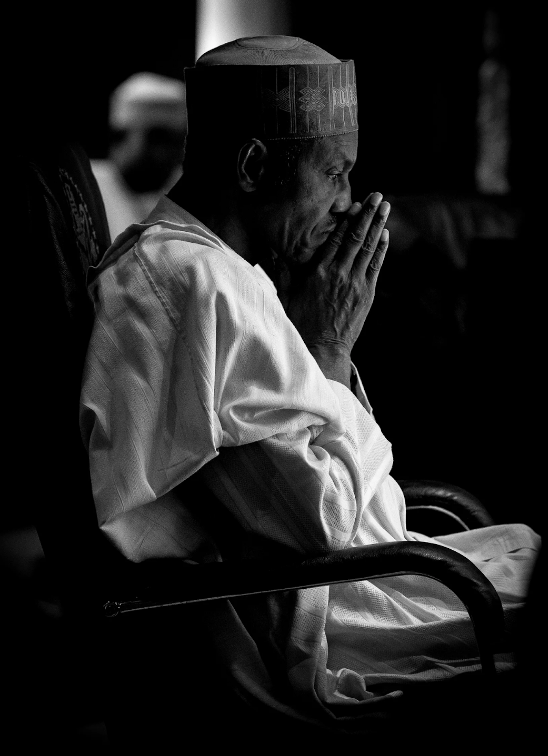
“He was a natural man; he wasn’t trying to impress you. So, 95-98 per cent of the pictures of Buhari you’ve seen is who he is — undoctored, unaltered, unadulterated. A lot of people said he wasn’t talking; he wasn’t communicating; that is who he is. And for me as a storyteller, I was trying my best to project that personality of him, that reality of who he is,” Omoboriowo told TheCable.
For him, photographing the president was an indirect way of “making Nigeria look good” on a global stage.
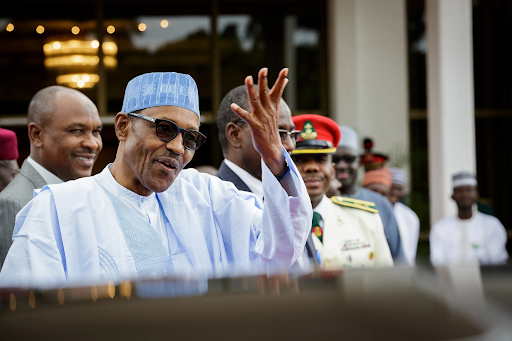
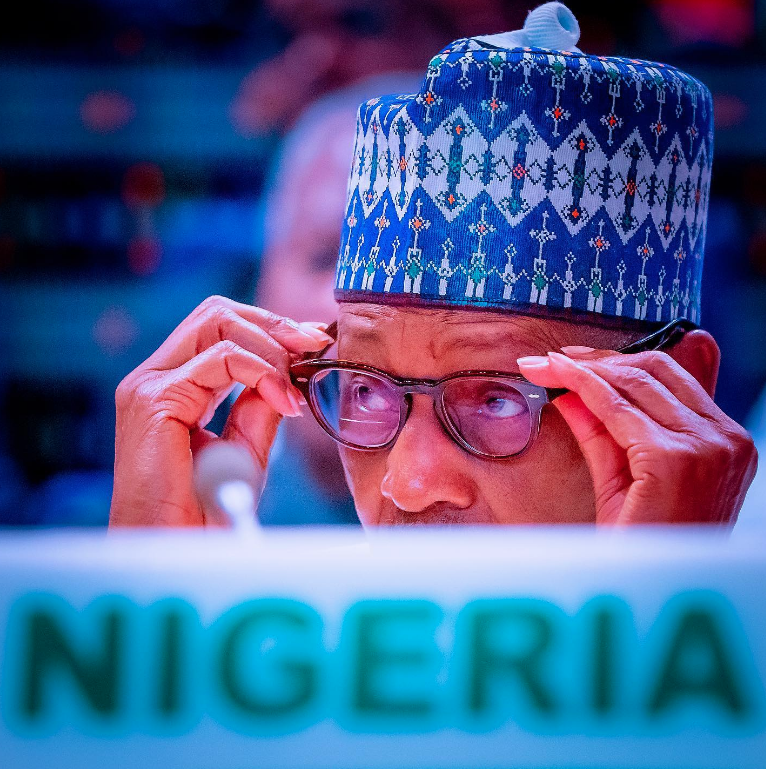
ART FOR SOCIAL IMPACT
Omoboriowo said photographing a president is not just for aesthetics and social media validation: “For me, photographing the president is about documenting today for tomorrow’s audience”.
“What my pictures do is shape perception. It’s communicating narratives, enlightening and educating. It’s meant to serve as informative material but most importantly, it is meant to serve as a tool of communication for global and historical relevance,” he said in this interview with TVC.
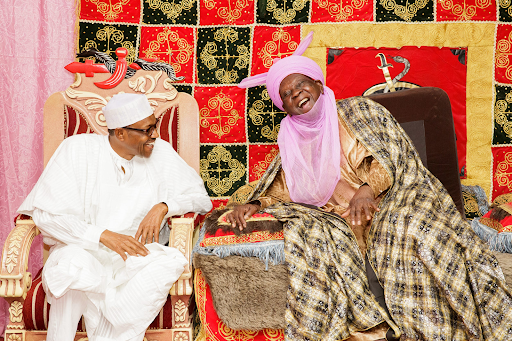
Asemota shared the same stance when he said he takes shots to “make people feel in a particular way” and he worries that these feelings are being recalibrated by purveyors of fake news.
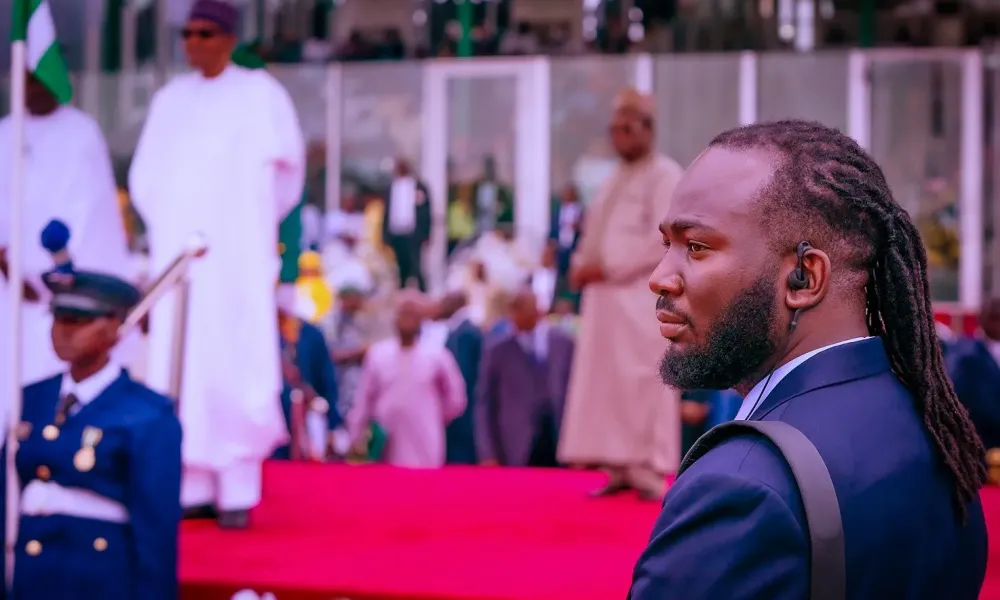
“An image makes people feel in a particular way and we can control the way people feel by what we put out there,” Asemota said in May at a media workshop on ‘Balancing Ethics and Patriotism – The Obligations of Journalists to their Country’.
“My images have been victims of fake news because a lot of my images were doctored during the campaign. If I take a picture of this event and I put it out there, it gives a perspective to the outside world.”
For Alli, her role as a storyteller is not to predict, but to document and capture moments as it unfolds. “The story continues, and so does the journey,” she said.
“The art of storytelling is as old as human civilisation. Even the act of recording history is storytelling as it uses the vehicle of a story to translate real-life events from one generation to another. Telling one’s story is important as it is also a form of narrative setting and reputation management.”
She added that this is most important, especially for public officers “in the age of fast-moving news, misinformation and disinformation”.
“…and it is for us to tell the truth and let everyone see both the good and bad of governance and power,” she said in this 2019 interview.
As much as these photos can make, so also can they break. “I must not release a wrong picture. I must not document him in a wrong way,” Omoboriowo said and went ahead to cite an example of a picture of Buhari picking his teeth which turned into an object of ridicule and mockery.
“That wasn’t my picture. For me, it was unethical and unprofessional to go into the president’s living room and photograph him after he had lunch and he was picking his teeth. I wouldn’t have done that. For 8 years, I was guided by the principle and the approach to professionalism; how is it done, what is the global best practice for photographing at that scale?”
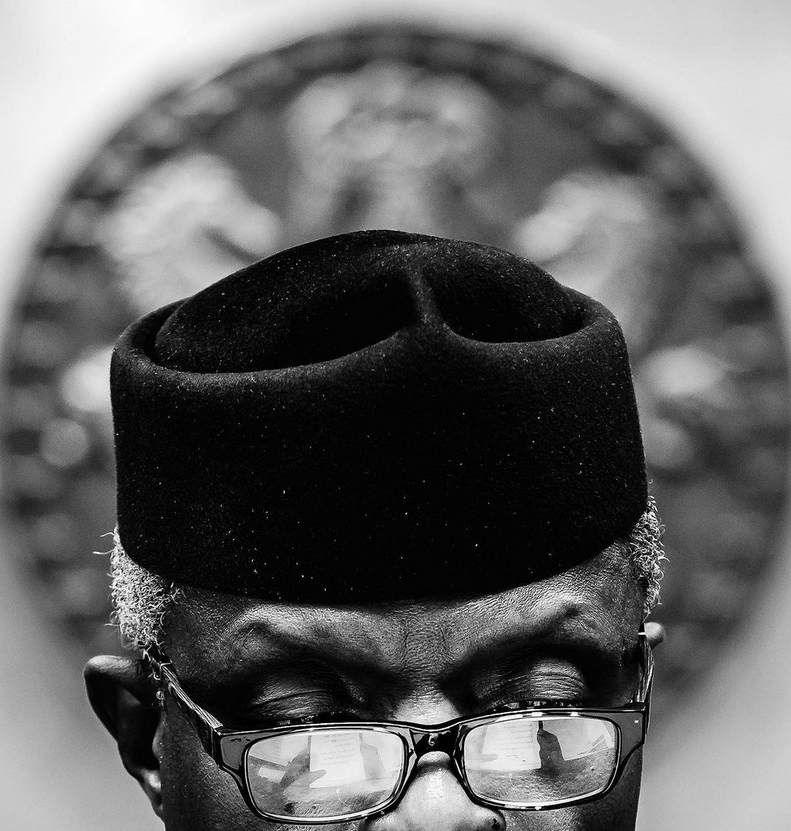
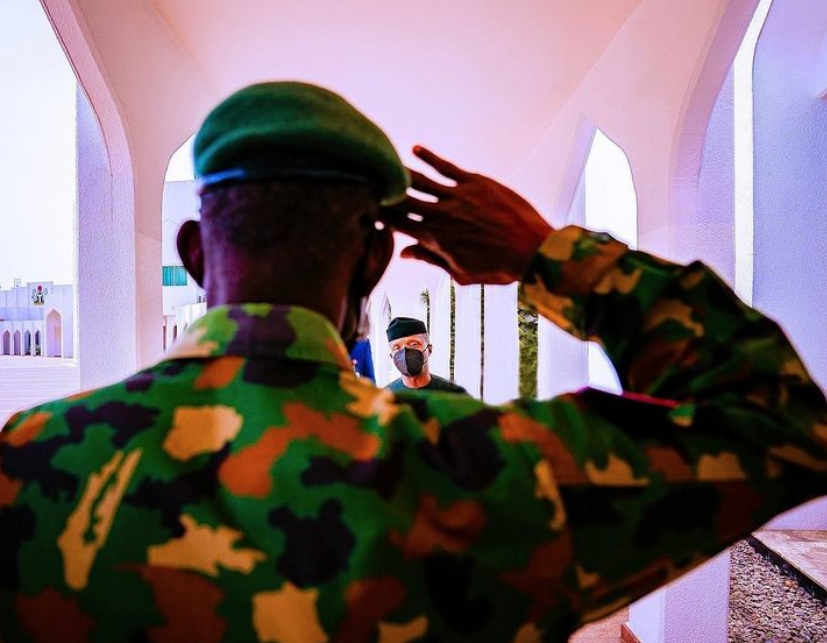
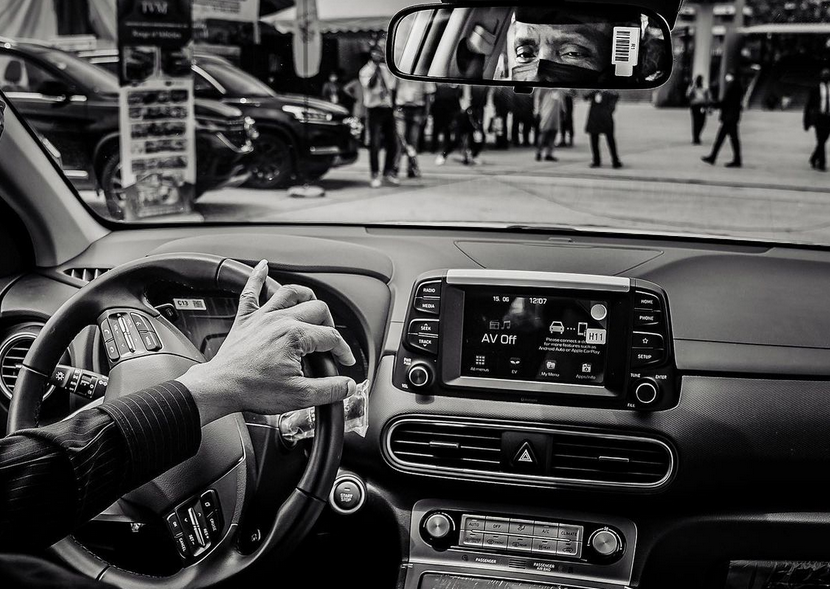
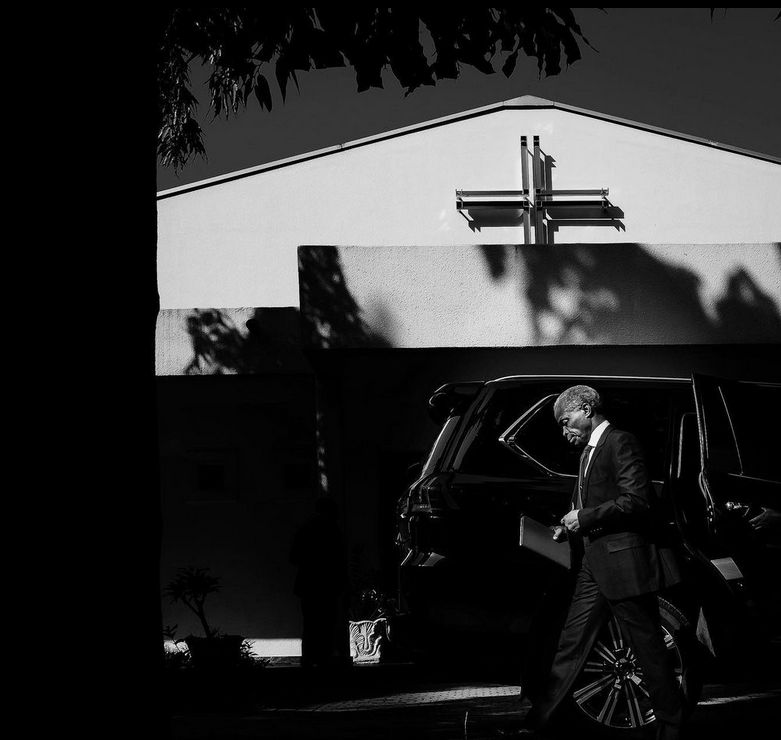
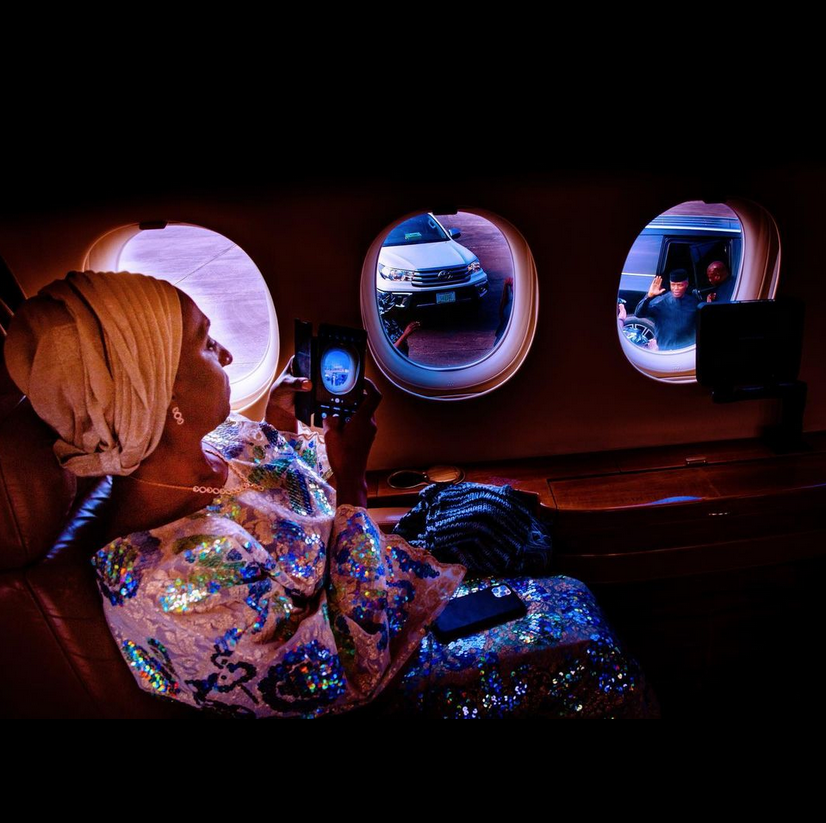
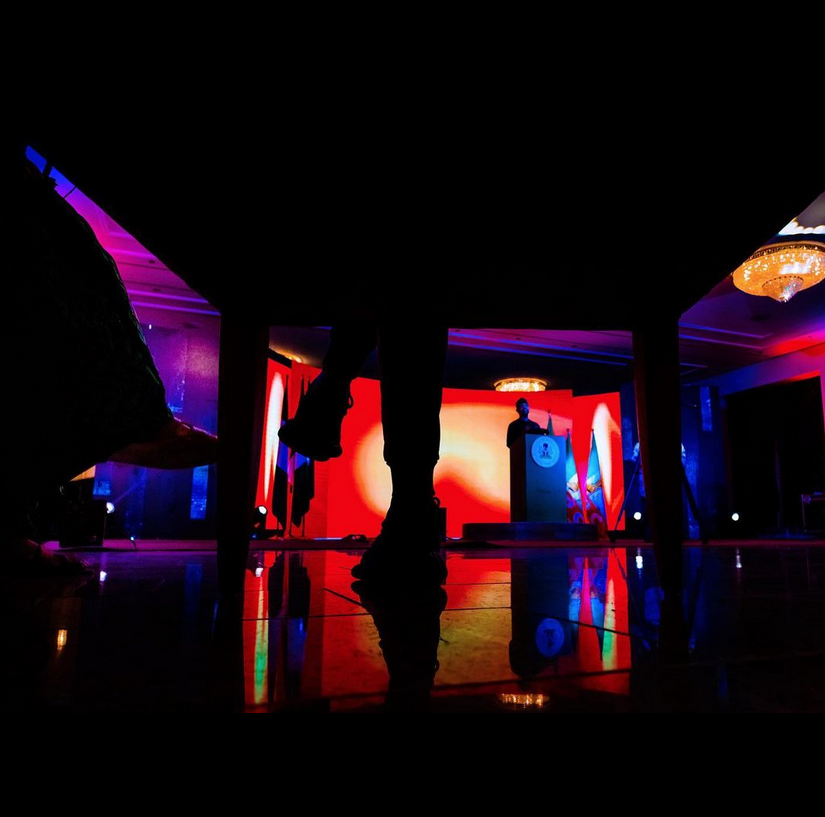
THE SOFT TOUCH
In 2017, the presidency released ‘The Human Side of President Buhari’, a 55-minute documentary intended to shed light on the soft life of the former president that the majority of Nigerians had not seen. The documentary was received with mixed reactions; while some lauded the idea, another category of people argued that it was not relevant to good governance.
But leaders are humans, and they do have ordinary aspects of their lives beyond official duties — the fine details of a mother’s hug, a lover’s grip, a child’s embrace, and a morning jog.
Through shots devoid of the distracting allure of colours, the twirling veins on wrinkled skin are projected, a gapped tooth, grey hair — offering an opportunity to see things from a different perspective.
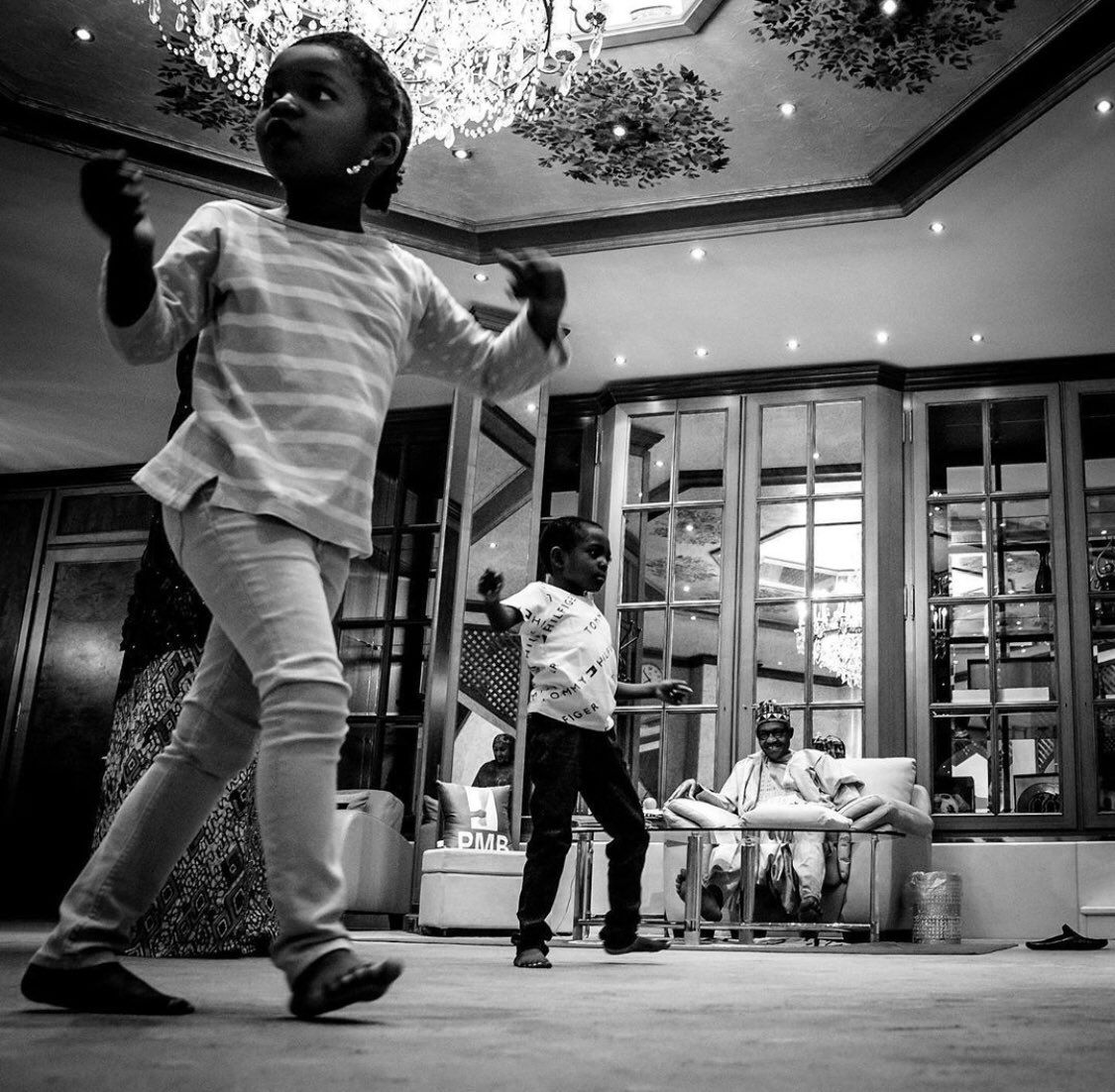
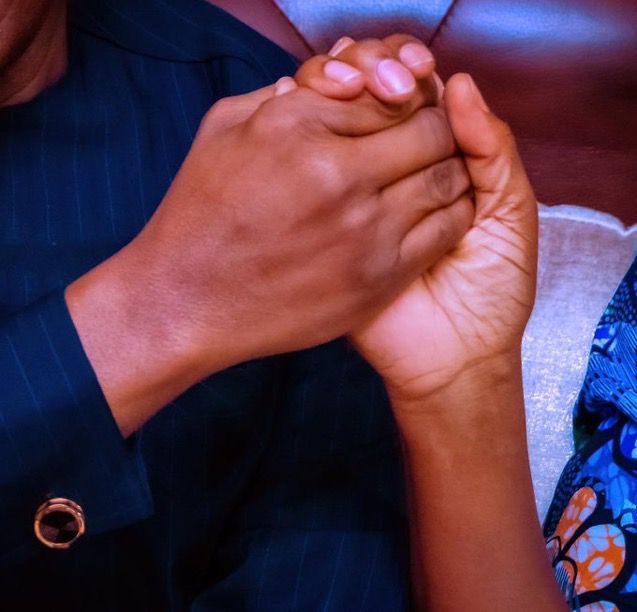
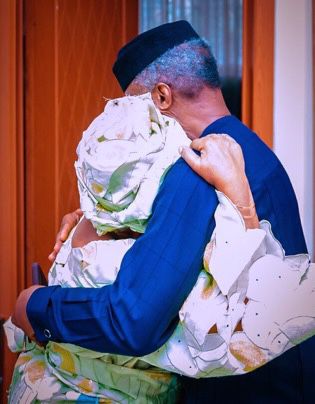
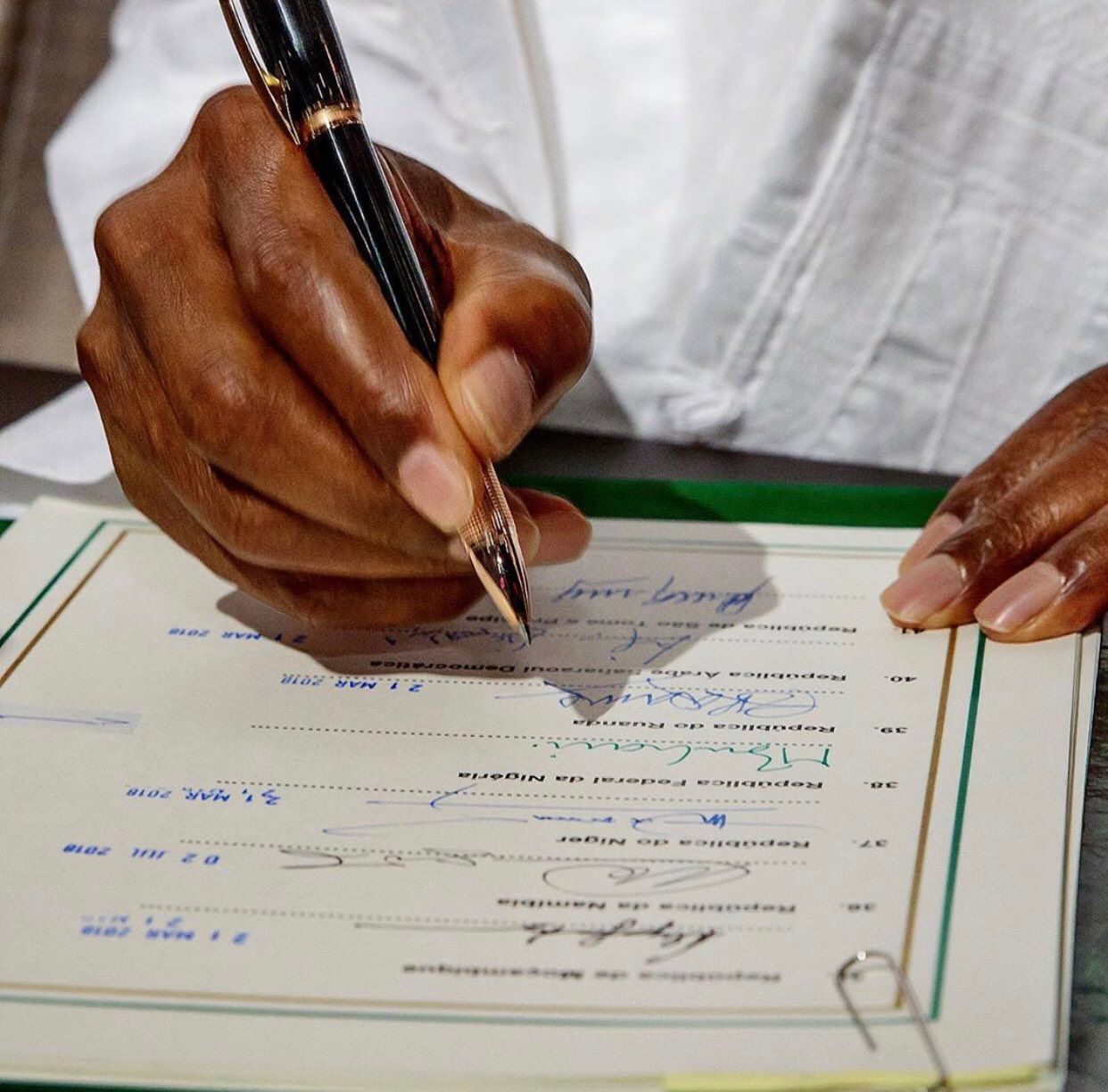
FROM START TO FINISH
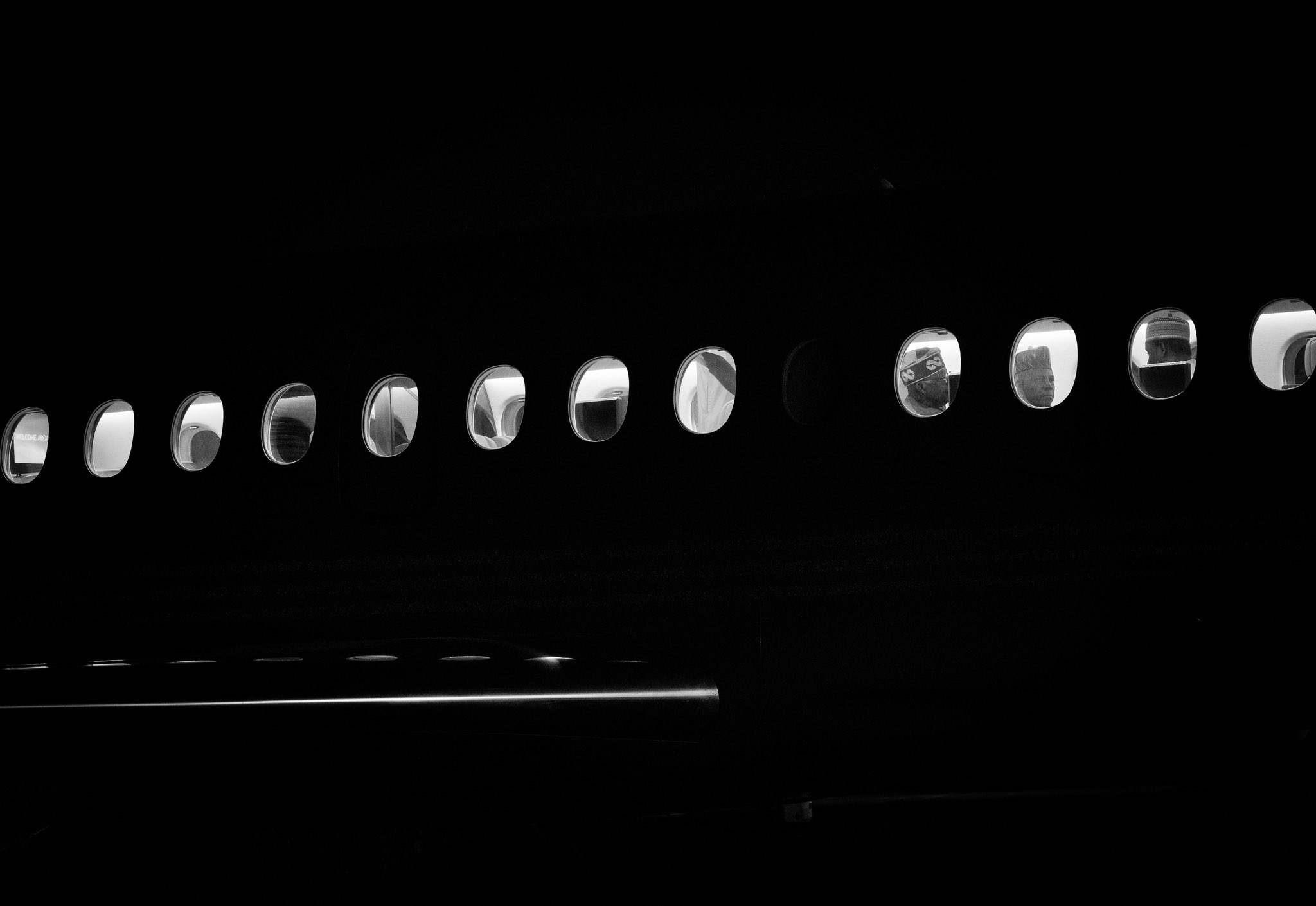
While Asemota is in the early stage of creating magical images of the president, his counterparts have taken bowing-out shots as their principals shut the doors on this chapter of their political careers.
These images are points of reflection for the subjects therein as well as these young photographers who have their lives ahead of them and are poised to achieve even greater feats.
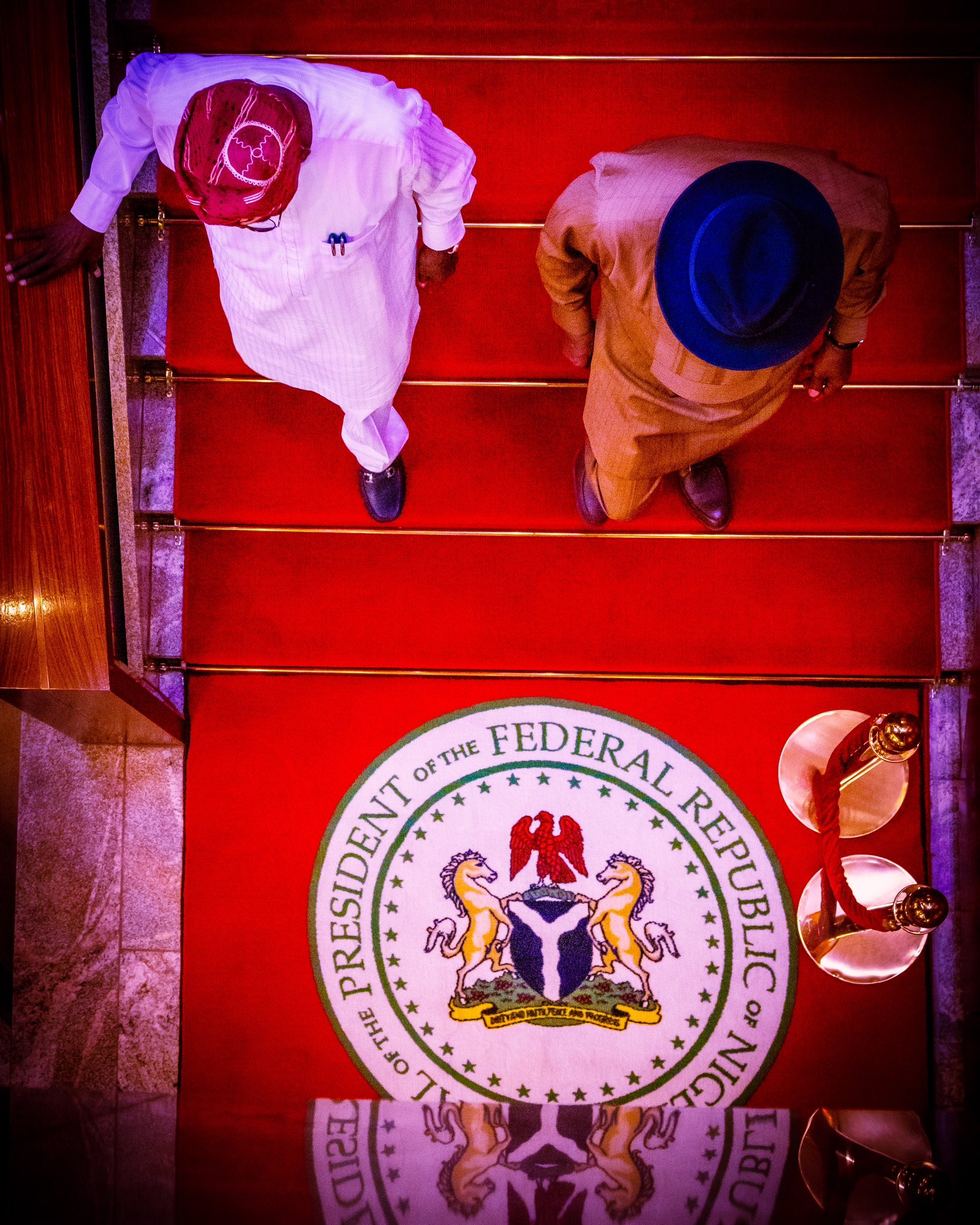
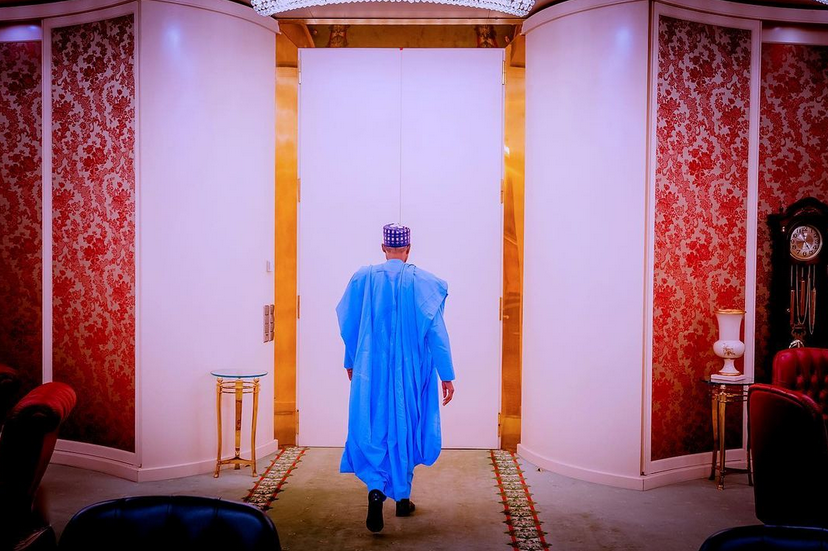
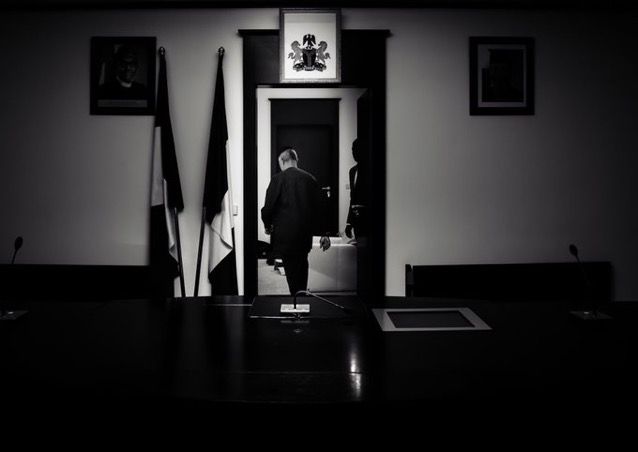
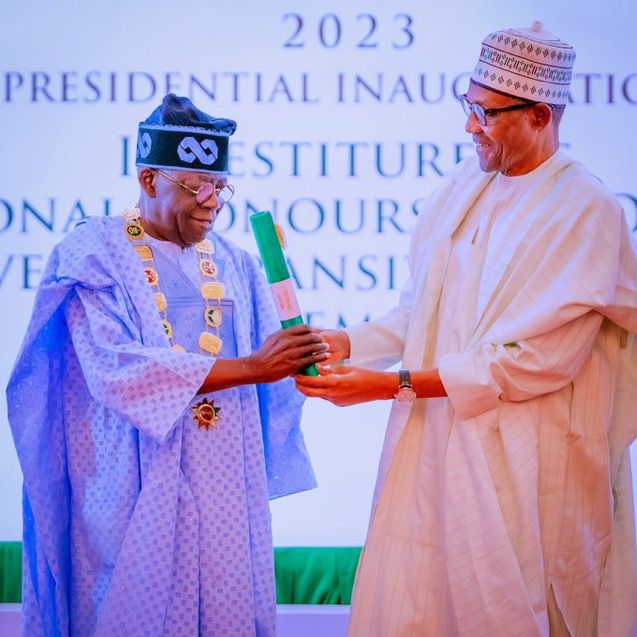
“This picture of the president on his last day for me is quite exceptional. Another picture of the president walking out of his office on the last day says a lot about how power is transient, says a lot about how nothing lasts forever, says a lot about how we must prepare ourselves to know that we will not always be in a position forever,” Bayo told TheCable.
Add a comment
